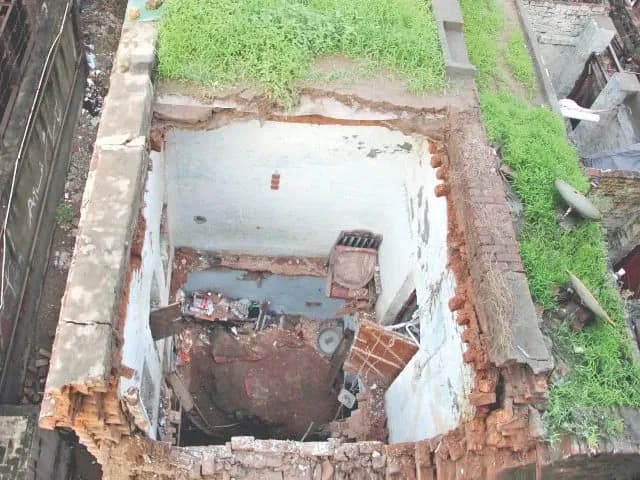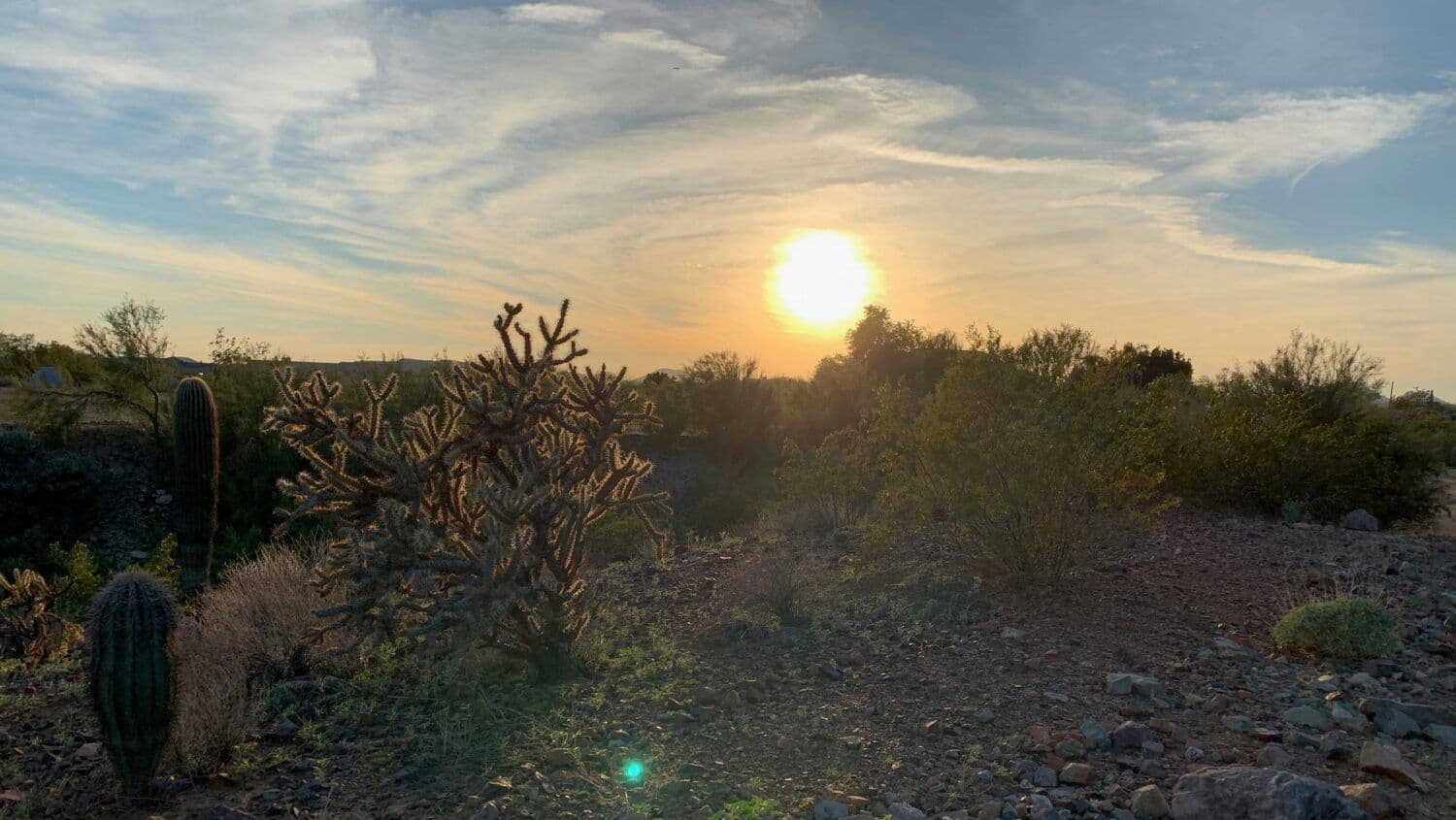Lake Mead: Beyond the Drought – A Chronicle of Resilience and Rediscovery
Lake Mead isn't just about water levels. Discover hidden histories emerging from its depths and the innovative solutions shaping the Southwest's resilient future.

Echoes from the Deep: Unearthing Hidden Histories
, often framed by the stark bathtub rings of its receding waters, is more than just a depleted reservoir; it's a dynamic, unfolding archive. As the water levels drop, the lakebed reveals forgotten landscapes and the remnants of what once was. This isn't merely about exposing old shorelines; it's about a profound re-evaluation of our past relationship with this vital resource. While the immediate headlines might speak of daily life in the surrounding communities – like local animal rescues navigating unforeseen challenges or police responding to flash floods – these seemingly disparate events subtly echo the larger narrative of adaptation and rediscovery. The very act of the lake revealing its depths forces us to confront not only the physical history of the land it submerged but also the history of human ambition, engineering, and the evolving climate. What new insights might emerge from these newly exposed terrains? Perhaps the true 'hidden histories' are not just the physical artifacts, but the lessons being unearthed about our interconnectedness with the environment and the resilience embedded in the very fabric of the landscape, hinting at a 'renaissance' of understanding how we coexist with a changing world.

Adapting to a New Reality: Innovation in the Face of Change
The shifting reality of has become a crucible for innovation, pushing communities and experts alike to devise groundbreaking solutions. It’s a testament to human ingenuity that in the face of unprecedented water scarcity, new strategies for resource management and sustainable living are emerging. Consider the broader regional context: a '' hints at advancements that could redefine energy or resource use, setting the stage for a '' – a metaphorical and potentially literal tapping into new sources of power and possibility. Beyond grand scientific endeavors, everyday adaptation is equally vital. The fact that 'over 160 people graduate from workforce training program' speaks volumes about a community investing in its human capital, preparing its residents with the skills needed for a future shaped by environmental shifts. Even the rapid response of 'police rescue[ing] a woman carried away by rushing water' underscores a heightened awareness and adaptive capacity to the immediate, sometimes harsh, realities of a changing climate. These are not just isolated incidents; they are threads in a tapestry of a region actively reinventing itself, demonstrating resilience in the face of profound environmental challenges.

The Ecological Paradox: Nature's Unforeseen Transformations
As shrinks, it presents a fascinating, albeit concerning, ecological paradox. What appears as depletion also triggers unforeseen transformations within the natural world. While the immediate focus is often on the loss of water, the exposed lakebed is not a barren wasteland but a canvas for new ecological dynamics. Native plant species, long submerged, might find opportunities to re-establish themselves, and terrestrial wildlife could reclaim former habitats. Conversely, the dramatic changes undoubtedly stress existing aquatic ecosystems, forcing species to adapt or face decline. The intensified weather patterns, such as the 'rushing water' events that necessitate police rescues in washes, highlight how the broader climate crisis, exacerbated by regional aridity, is reshaping the very hydrology of the landscape. This isn't just about water levels; it's about the intricate web of life responding to a fundamentally altered environment. The '' could even, indirectly, play a role here, as innovative energy solutions might alleviate pressure on water-intensive practices, inadvertently influencing ecological recovery or further transformation. Nature, in its relentless pursuit of equilibrium, is charting its own course, offering both stark warnings and surprising displays of resilience.

Charting the Future: Lake Mead as a Living Symbol
stands as a powerful, living symbol of our planet's environmental challenges and humanity's capacity for adaptation. Its future is not merely about water levels, but about the ongoing evolution of a major metropolitan area and its relationship with a vital natural resource. The '' and the promise of a '' suggest a proactive approach to securing energy and potentially water resources for the long term, moving beyond traditional dependencies. The continued investment in local workforce development, as evidenced by the '', demonstrates a strategic commitment to building a resilient, skilled population ready for the jobs and challenges of tomorrow. Even the rhythms of daily life, like ' parents get[ting] ready for back-to-school shopping,' underscore the enduring need for stability and planning in the midst of environmental uncertainty. story is an ongoing chronicle, reflecting not just a crisis, but a compelling narrative of collective resilience, innovation, and the continuous rediscovery of what it means to thrive in a changing world. It serves as a stark reminder and a hopeful beacon for communities worldwide facing similar environmental pressures.
Related Articles

The Sky's Shifting Mood: Building Resilience in Rain's New Era

The Sky's Shifting Mood: Building Resilience in Rain's New Era

The Vanishing Veil: Lake Urmia's Unprecedented Collapse and Its Global Echoes

The Vanishing Veil: Lake Urmia's Unprecedented Collapse and Its Global Echoes

Navigating Nature's Extremes: The Unseen Influence of Weather on Our Daily Fabric

Navigating Nature's Extremes: The Unseen Influence of Weather on Our Daily Fabric

Beyond the Wild: How Alaska Mirrors Humanity's Greatest Challenges
